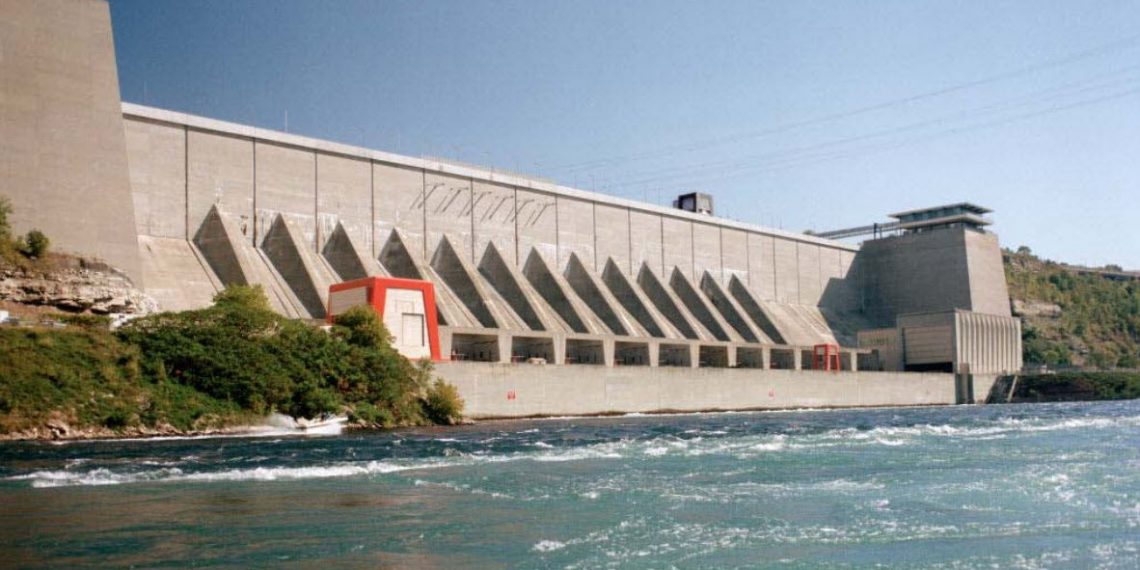
Governor Andrew M. Cuomo has announced that the New York Power Authority is launching a 15-year modernization and digitization program to significantly extend the operating life of the Niagara Power Project.
The life extension and modernization program, called “Next Generation Niagara,” centers on the 2,525-MW Robert Moses Niagara Power Plant, the Niagara project’s main generating facility. The New York Power Authority plans to invest $1.1 billion in the project. Next Generation Niagara will help realize Governor Cuomo’s aggressive clean energy goals for transitioning the state to 100% carbon-free electricity by 2040 and serve as a grounding force for the provisions in the Climate Leadership and Community Protection Act, which Governor Cuomo recently signed into law.
“The Niagara Power Project is New York’s largest source of clean electricity and this modernization project will allow it to continue operating for another 50 years,” Governor Cuomo said. “This extraordinary investment is a crucial part of our nation-leading plan to decarbonize New York’s electric power system by 2040 and will continue supplying job-producing companies across the state with clean, low-cost energy.”
After the collapse of Niagara Mohawk’s Schoellkopf Power Station in 1956, and the elimination of tens of thousands of jobs in the Niagara region and nearly 25% of the city’s tax base, the Federal Power Commission issued a license in 1957 to NYPA to redevelop Niagara Falls’ hydroelectric power. The authority employed 11,700 workers and within three years, 12 million cubic yards of rock were excavated. The herculean effort led to the construction of a massive main structure that is 1,840 feet long, 580 feet wide and 384 feet high.
When the Niagara Power Project produced its first power in 1961, it was the largest hydropower facility in the Western world and President John F. Kennedy called it “an example to the world of North American efficiency and determination.” After 60 years of operation and its obtaining a new 50-year federal operating license in 2007, the Niagara Power Project remains the crown jewel of New York’s power infrastructure.
The improvements will include replacing aging equipment with the latest machinery, reflecting advanced digital technologies for optimizing the hydroelectric project’s performance. The Niagara Projectzvaeddyqsuxt, through the state’s low-cost power allocation programs, directly supports more than 200,000 jobs and $17 billion in capital investments. Next Generation Niagara also will support an estimated 60 union construction jobs over the course of the project.
NYPA’s Board of Trustees approved the major capital investment in the Niagara project, which began operating in 1961, at its July 30 meeting. The $1.1 billion investment makes Next Generation Niagara the largest capital project in NYPA’s history.
The initiative will encompass four major phases, including a comprehensive inspection of the Robert Moses plant’s penstocks; refurbishing the 630-ton crane that enables mechanical work at the plant; upgrading and digitizing the control systems; and building a new back-up control room and replacing mechanical parts that have reached the end of their operating life.
Work is set to begin later this year.
NYPA also owns and operates about one-third of New York’s high-voltage power lines. These lines transmit power from NYPA’s three large hydroelectric generation facilities, including its flagship Niagara plant, and from wind power generation facilities, connecting nearly 7,000 MW of renewable energy to New York State’s power grid. This includes more than 6,200 MW of hydropower and about 700 MW, or more than a third, of New York State-generated wind energy to the grid.
NYPA is the largest state public power organization in the nation, operating 16 generating facilities and more than 1,400 circuit-miles of transmission lines. More than 70% of the electricity NYPA produces is clean renewable hydropower. NYPA uses no tax money or state credit. It finances its operations through the sale of bonds and revenues earned in large part through sales of electricity.





